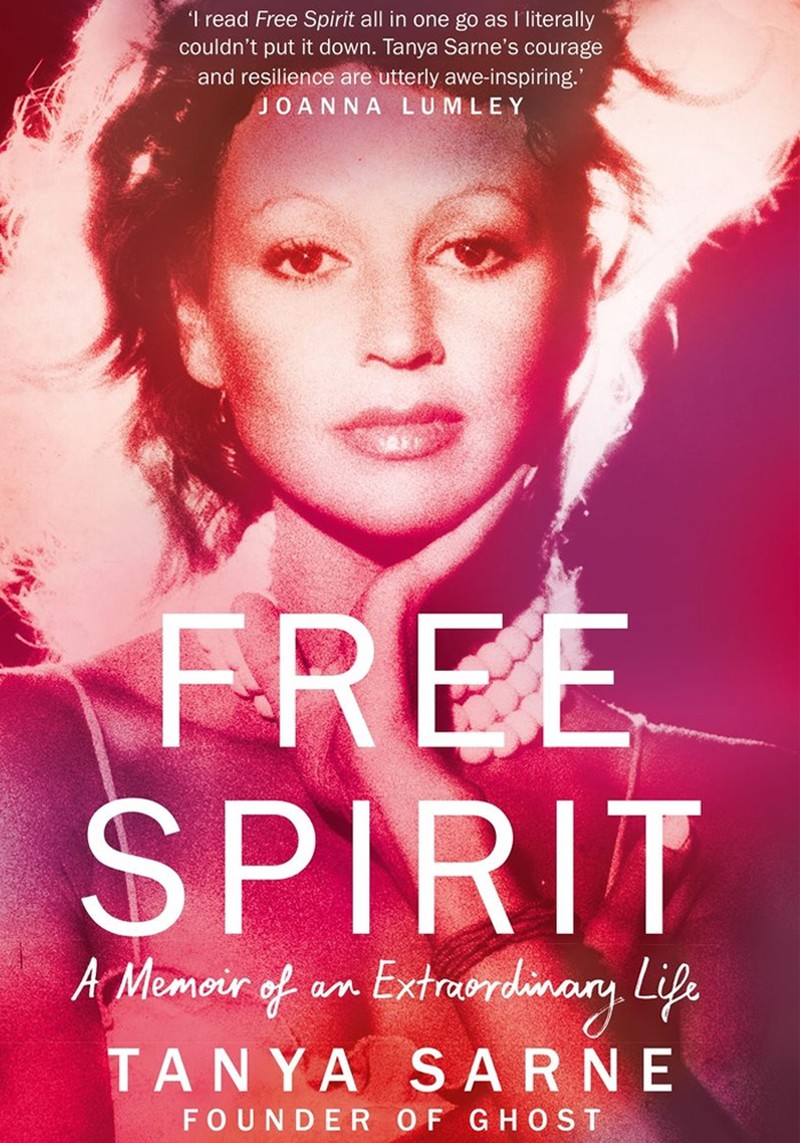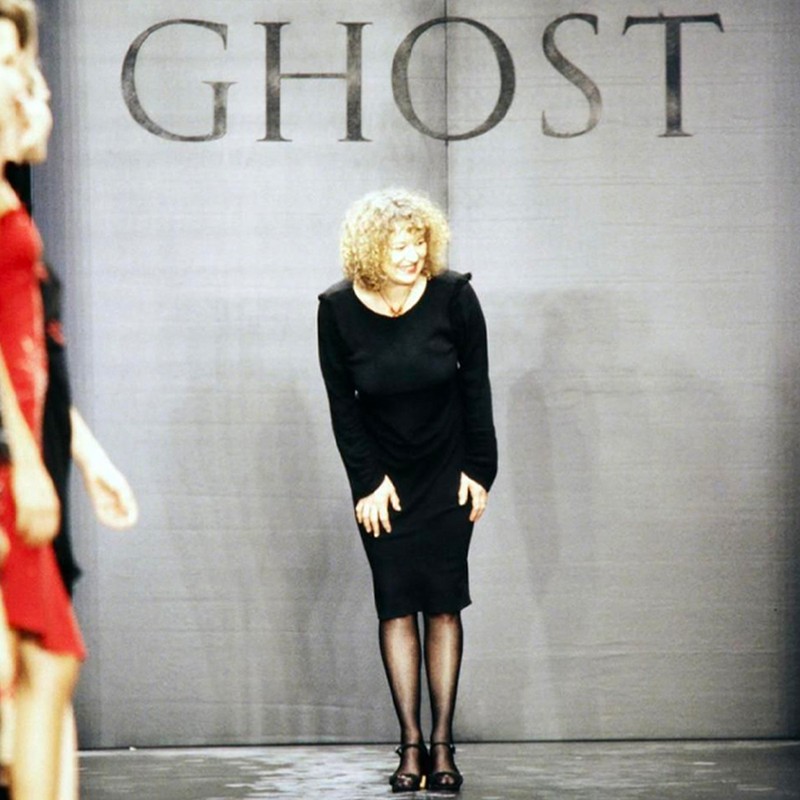

Chapters In My Life: Tanya Sarne
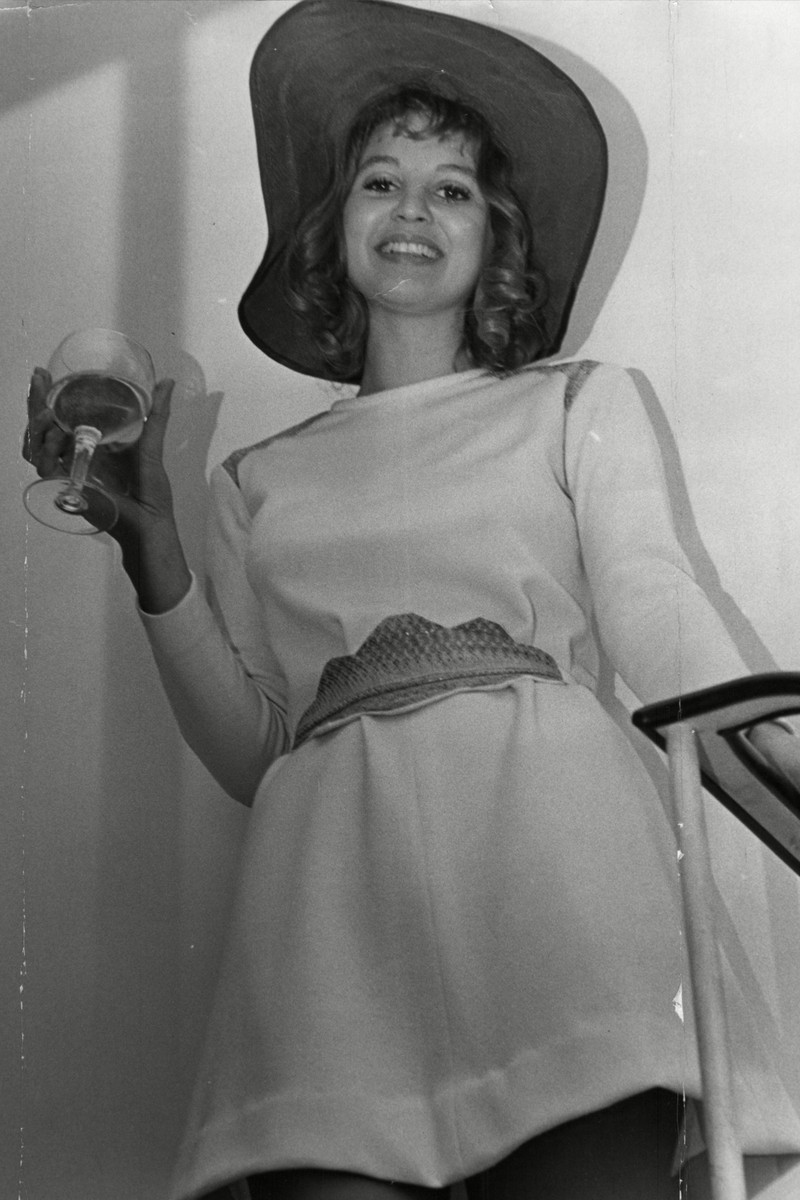
Chapter One:
Growing Up & Going To University
“I grew up with two parents who worked and I think that definitely shaped the person I became. My mother studied at the London School of Economics and worked at the BBC Overseas Service and my father was employed by Reuters. I wanted to be an actress. The happiest day of my life was the day I left school – and I soon went to Rome to do a screen test with Rossano Brazzi who, at the time, was a heartthrob and star of South Pacific. But when he asked me to sleep with this very unattractive man in front of him and his wife, I gave up on the idea of acting and came back to my parents’ house to go to university. It’s strange because a lot of people marvel at the fact that I was a woman at university in the 60s, but it didn’t feel odd or unusual to me – even then.”
Chapter Two:
My Marriage & A Strange Twist Of Fate
“I’d already met my future husband, Mike Sarne, before going to university and didn’t like him at all. He was pompous and arrogant and, even when I was working as a secretary for a literary agency after graduating, he managed to get me fired because they thought I was giving him all my secrets. As an apology he took me out to dinner and after one thing and another, we got married on my 24th birthday.
“While I’d always been very independent growing up, I suddenly found myself with a man who was constantly in demand. He’d already had three number one hits in the UK and had since turned his hand to directing – so we suddenly found ourselves in Hollywood. The sad reality is I was completely ignored in our marriage – I wasn’t seducible and didn’t take drugs, so I went from being strong and independent Tanya Gordon to sad and destitute Tanya Sarne within the space of an aeroplane ride.
“People often marvel at who was around me during our time in Hollywood – but of course, they weren’t as high profile then as they are now. It’s an interesting story: Roman Polanski asked us to go and stay in his house to look after Sharon [Tate] while he was making a movie in Europe. I refused to go because I wanted my own house and my own life, and it was extremely fortunate that I dug my heels in because the people who did go to look after her were murdered. I was very lucky – it really was an extraordinary twist of fate.”
Chapter Three:
Developing An Interest In Fashion & Launching Ghost
“I’d always loved clothes and had quite a nice wardrobe. Even at school, we were allowed to make our own dresses in the summer. I made them with my granny. So, fashion has always been deeply imbedded in who I am. In the early 1970s, Mike and I had gone to Brazil and, when I came back, it was extremely difficult to get work. It was after the three-day week, but I ended up bumping into someone I’d met very briefly in Brazil who was importing alpaca jumpers. He said if I could sell the jumpers for him, then I had a job. That’s where it all started. Then, at a trade show in Paris, I spotted this fashion sportwear brand – the kind that didn’t exist in the UK – and that gave me the inspiration to start my own in 1978, Miz. I couldn’t believe how well it did, considering I ran it mostly from home. Unfortunately, I fell out with my first partner and my second partner offered me £5,000 to get out of the business in 1983. I took it and used it to start Ghost – on my own.”
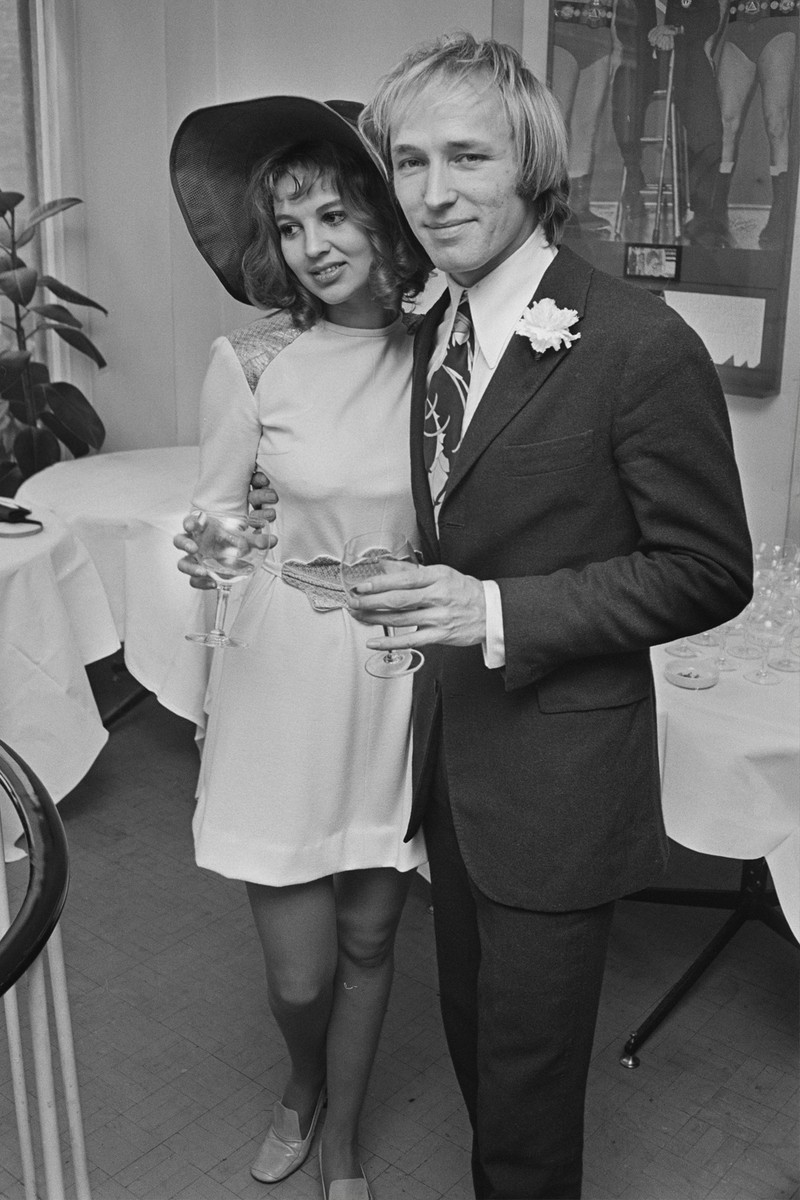
Chapter Four:
Losing My Mother & Getting The Business Off The Ground
“My mother died rather suddenly at the age of 55 – around the time I was selling the alpaca jumpers. I started drinking quite heavily and, very quickly, the grief turned to anger which then translated into this mission to make things work. I think that’s what fuelled my work on Ghost – I was just determined to make it work. I was angry with the world and felt like I was fighting against it a bit, but I also sensed that the ‘power dressing’ trend of the 1980s was eventually going to lose out to a new way of dressing. I knew women had a different side to them, and I wanted to make clothes that would fit any shape and size, would work on any age and could be thrown in the washing machine without the need for an iron afterwards. That was the Ghost mission.
“The name of the business was deliberate – I wanted the freedom to work with different designers and for each collection essentially to be ‘ghost written’. The first designer I wanted to work with was Andrea Sargeant, who was fresh out of Saint Martin’s and working for a company in Italy. She only came to the UK twice a year – even when we were finalising collections – but she was the one who introduced me to the Ghost viscose fabric, which eventually made the company so successful and profitable. Our sales grew extremely fast because of it – we went from £25,000 in sales from the first collection to £250,000 in the second, then half a million, then a million within the space of only a couple of years.”
Chapter Five:
Expanding Ghost & Going To London Fashion Week
“A lot of people ask me how I managed to expand and build the business to keep up with extraordinary demand and, the truth is, I just did. Initially we were working from home, but we soon acquired premises and started taking on more staff. Balancing it all with the children wasn’t easy – I got through most of it by taking cocaine and not sleeping more than four hours a night. A little bit of cocaine was like putting fuel in the car – it worked for me for many years, until it didn’t.
“We were very early participants at London Fashion Week, which was a very different kind of event to what it is today. Back then, the six shows on the slate lasted at least half an hour and the models used to dance on the runway and have real fun. I was fearless then and so up for anything. I remember Naomi Campbell was our star, along with Yasmin Le Bon and Cecilia Chancellor. One of our shows that really stands out was the one we did where all the models were pregnant – it was ground-breaking at the time. There had been so little structure in my life up until this point and I was fighting so hard to make sure everything came together. I remember feeling like I didn’t have anything to lose.”

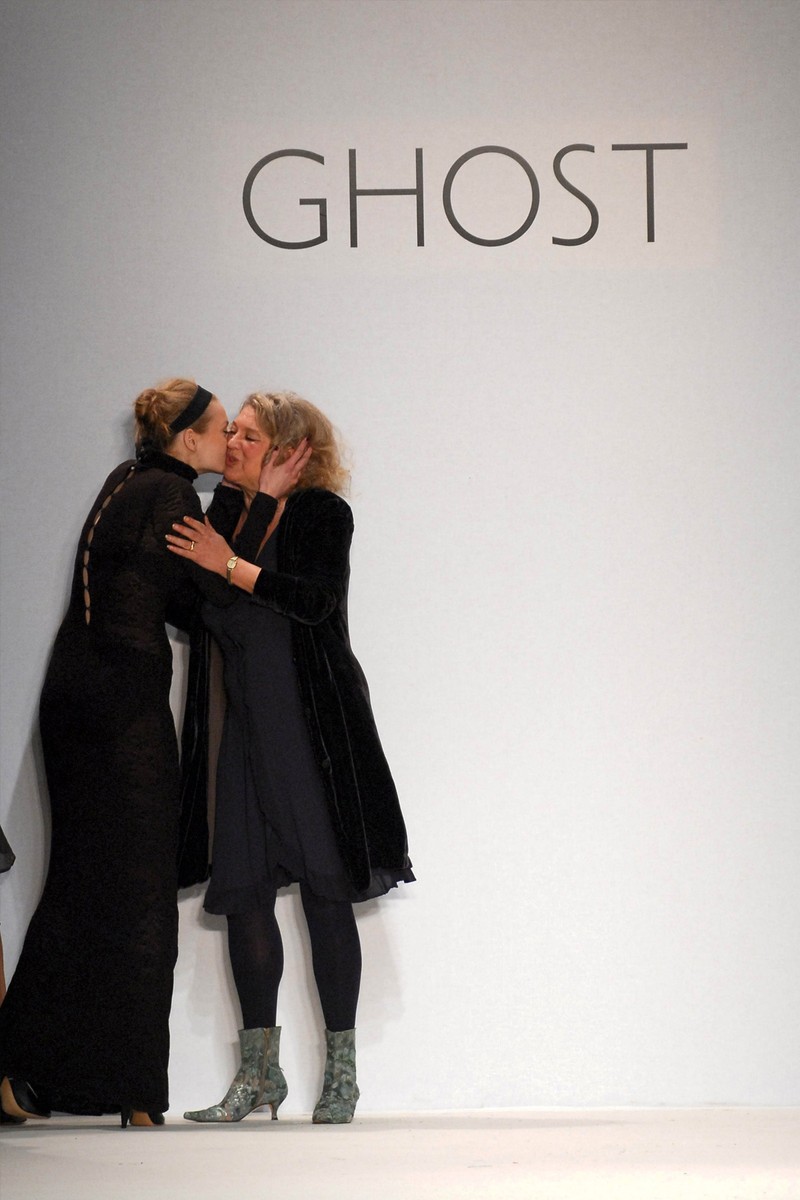
Chapter Six:
Expanding Into Fragrance & Selling My Majority Stake
“When Ghost was riding high, the opportunity came to create fragrances which was something I loved doing. It was originally a licensing deal with Wella and we made three really successful perfumes, but they then sold out to Proctor & Gamble, who I struggled to work with. It’s interesting, because they’ve never had a successful Ghost fragrance beyond the first three we created with Wella, which probably tells you everything you need to know.
“At the same time, fashion buying habits were changing. Women no longer bought clothes for the season and shops weren’t buying as deeply into collections. There were also thousands more designers and it was no longer clear what customers wanted. Our wholesale business suffered as a result, even though our retail stores were doing well. I’d also had to take the manufacturing outside of the UK, which hurt me more than I can say. It had been done in small local units and to suddenly take these people’s livelihoods away was very difficult. But we’d have gone bankrupt if we stayed with them – it was just too expensive.
“I was also in recovery from my drug addiction and maybe not as focused as I had been. I was leaving a lot more to my finance director, who wanted to expand our retail chain – which would require capital. We saw a lot of people – including Philip Green who called Ghost clothes ‘nightwear’ – and Arev were the only group who were seriously interested. Back then it was headed up by Kevin Stanford, who was married to Karen Millen for a time. I agreed to sign the contract on the condition that I stayed in place as managing director while they opened thousands of stores. But as soon as I did, they kicked me out. They told me to get my things from head office and leave. Much to my amusement, two years, later Arev went bust, and Touker Suleyman bought it. The Ghost of today is a very different brand to the one I started – the garments now say ‘dry clean’ on the care labels, which misses the whole point.”
Chapter Seven:
Moving On, Marrying Again & Writing A Memoir
“Because my marriage was very traumatic, I decided to write a memoir for two reasons: first, I wanted my children to understand what had happened during the early part of their lives and, second, it was lockdown and I needed something to do. I’ve always written bits and pieces here and there, so it was really a case of joining them all up and seeing what came of it. Today, I feel quite detached from Ghost. It’s not the same brand I started – the materials are different, as are the cuts and designs and it’s lost the sustainable ethos that the viscose fabric (which was a natural fibre from a plant) inherently had.
“One wonderful development in my life is Andrew. We’ve been together for 32 years – he’s younger than me but we have a lovely relationship and got married on my 70th birthday. We were surrounded by my five grandchildren, which was special. We have a lot of fun together and he has supported me so well. I’m not sure I’d have found this kind of stability without him – he’s stuck by me through it all. I’m 78 now and the future looks bright. I have to accept that I’m going to have a few health issues from this point on, but I’m still fit enough to enjoy playing tennis and I’m even thinking about dipping my toe back into fashion with a friend who works with cashmere. To be honest, my grandchildren are now my greatest joy. To watch them develop and grow is just fantastic.”
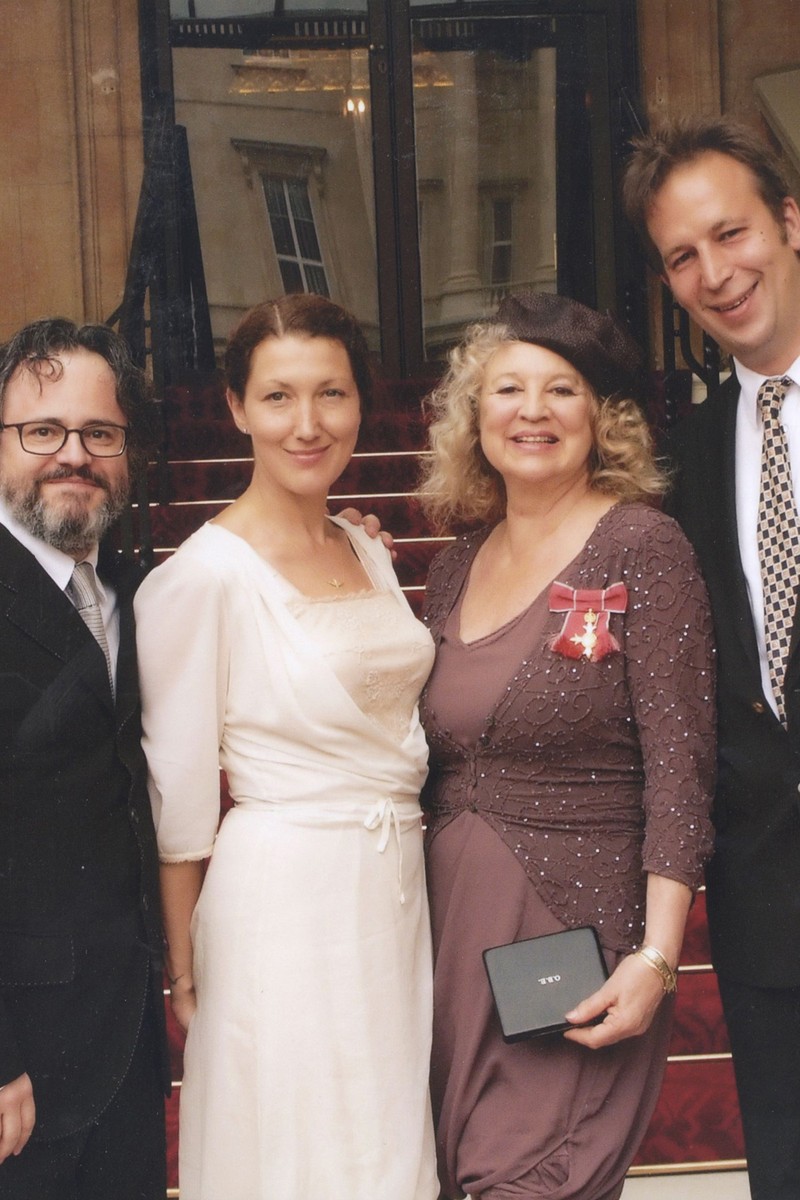
‘Free Spirit: A Memoir of an Extraordinary Life’ is published by Mitchell Beazley and is available at Amazon.co.uk.
DISCLAIMER: We endeavour to always credit the correct original source of every image we use. If you think a credit may be incorrect, please contact us at info@sheerluxe.com.
